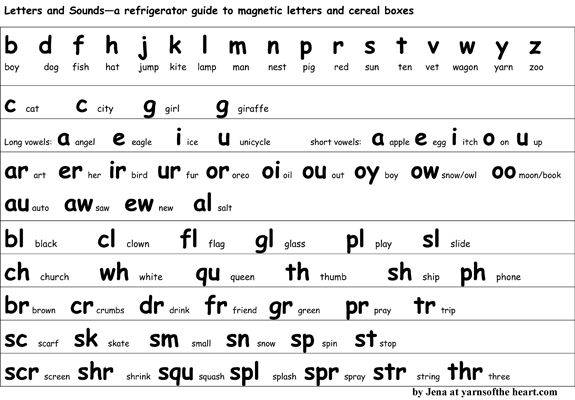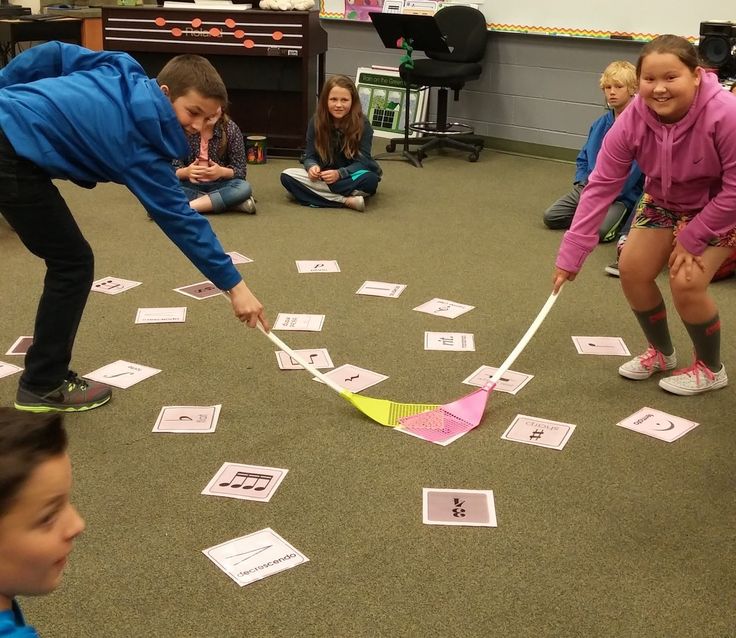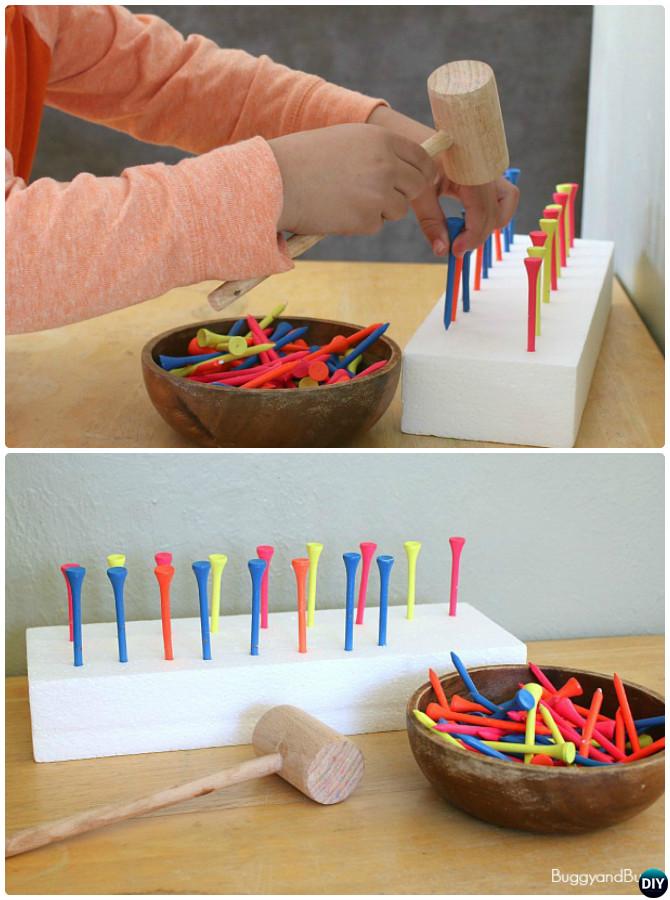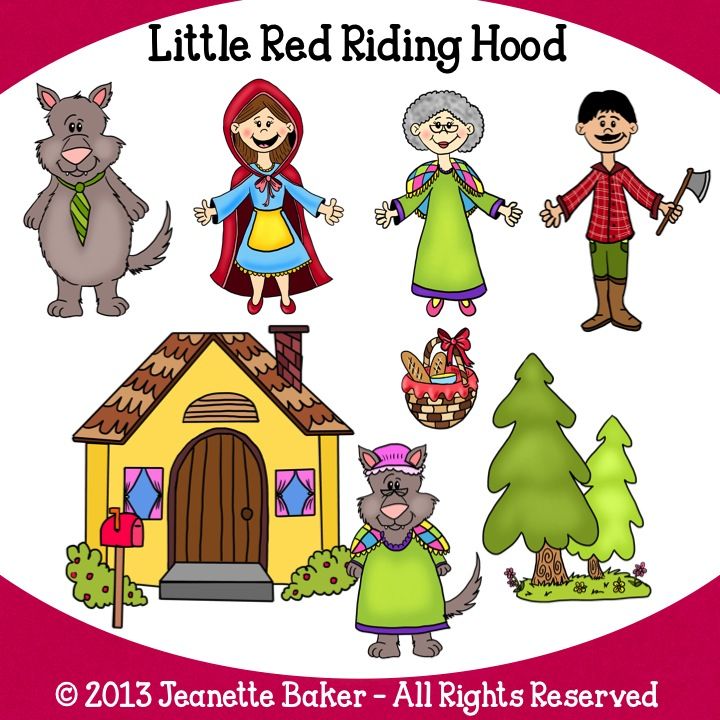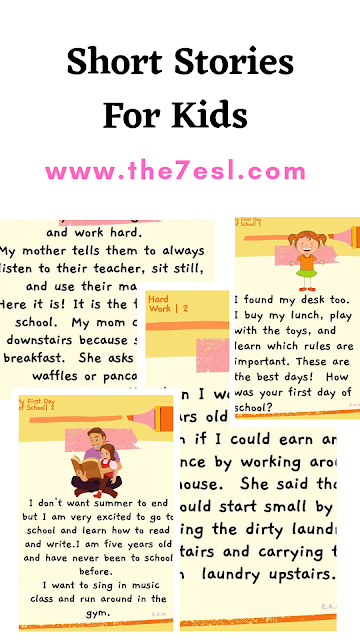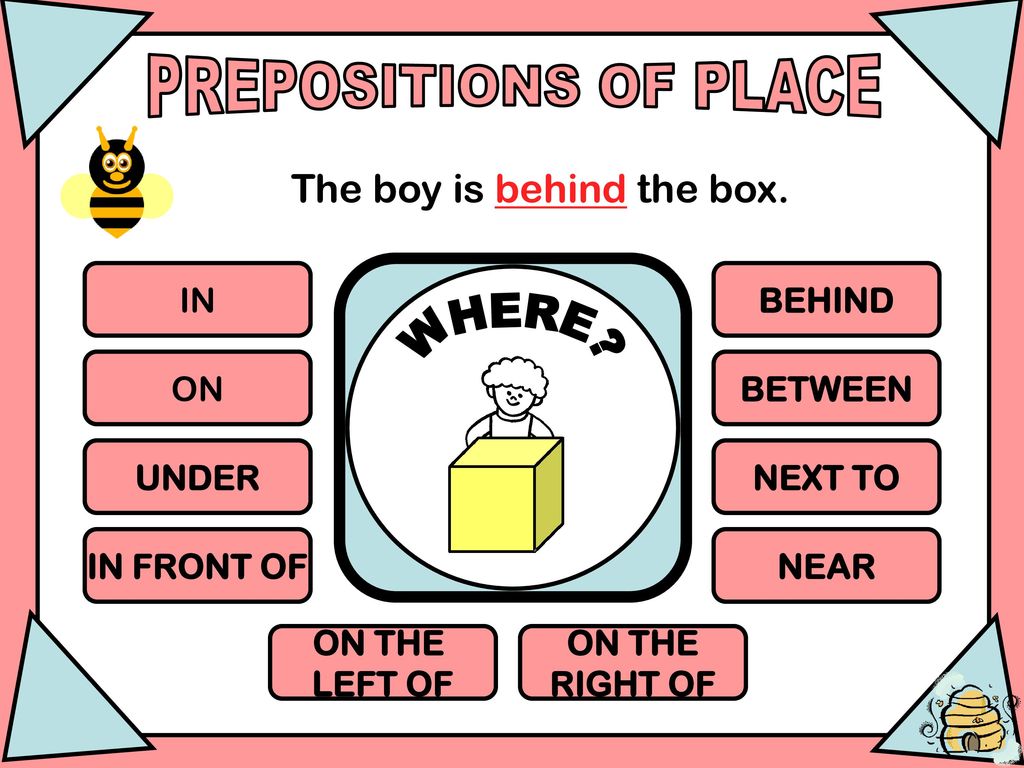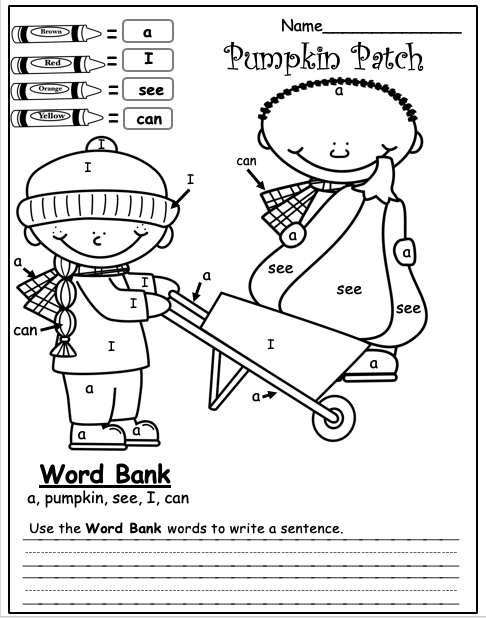One two pick up sticks
How High Can You Do?
In my last blog post, I gave a couple of variations of One, Two, Buckle My Shoe that go up to the number twenty. It’s rare that this rhyme goes past that. When it does, it seems to be to play it as a ball bouncing game… how high can you go bouncing the ball?
This whole search for different variations of the One, Two, Buckle My Shoe rhyme, was all inspired by an email I received from Fran. She wrote…
Lisa, We used to do this rhyme up to 40 when we were kids. Have you ever heard the second part? I am trying to find the parts I can’t remember. Thanks, Fran
As I mentioned in my last post, most people know One, Two, Buckle My Shoe up to 10. Some people know it up to 20. Most people don’t know it past that. I myself had a hard time finding versions beyond 20. After some research, the highest I was able to find was 30. Given Fran’s email, there seems to be a version of this rhyme that goes up to forty.
Do you know any versions that go that high?
Below are the different versions I found that go higher than twenty…
First are two versions that go up to twenty-four. They’re from Southern California Jump-Rope Rhymes: A Study in Variants by Ray B. Browne (Western Folklore, Jan. 1955). The first one was “Given as a ball bouncing game”…
One, two,
Buckle my shoe.
Three, Four,
Open the door.
Five, Six,
Pick up sticks.
Seven, Eight,
Lay them straight.
Nine, Ten,
A big fat Hen.
Eleven, twelve,
Mind your self (or, roast ‘er well).
Thirteen, fourteen, maids are sporting.
Fifteen, sixteen, maids are kissing.
Seventeen, eighteen, maids are waiting.
Nineteen, twenty, maids are plenty.
Twenty-one, twenty-two,
If you love me as I love you
My knife can cut our love in two.
Twenty-three, twenty-four,
Mary at the kitchen door
Eating apples by the score.
One, two, three, four.
[Original Source: Nebraska: Sue Hall, “That Spring Perennial-Rope Jumping!” Recreation, XXXIV (March, 1941), 713-716. (verbal changes only, 11. 1-2)]
(verbal changes only, 11. 1-2)]
Here’s a variation Brown gave on the second verse:
Eleven, twelve, in the well.
Thirteen, fourteen, boys are courting.
Fifteen, sixteen, maids in the kitchen.
Seventeen, eighteen, maids in waiting.
Nineteen, twenty, my plate is empty
(and sometimes ends,…
Twenty-four, Mary’s at the cottage door
Eating grapes upon a plate,
Five, six, seven, eight.)
[Original Source: Paul G. Brewster, “Rope-Skipping, Counting-out, and other Rhymes of Children,” SFQ, III (1939), 173-185. (verbal changes only, 11. 1-2)]
Western Folklore by California Folklore Society (1954) has the ending simply as:
Twenty-one, twenty-two,
If you love me as I love you
My knife can cut our love in two.
The book 10,000 reasons for everything; How to win; Why you lost; Folklore supporting our best superstitions (1998), by William Carroll, has the ending as:
Twenty-one, twenty-two,
That will do.
Beverly Flanigan, from the American Dialect Society, posted this: “I only know the 4-and-20 rhyme as the ending of ‘One, two, buckle my shoe’ which we chanted while trying to bounce a ball non-stop without grasping it or losing it (I can still do it!)”…
One, two, buckle my shoe
Three, four, shut the door
Five, six, pick up sticks
Seven, eight, lay them straight
Nine, ten, a big fat hen
Eleven, twelve, dig and delve
Thirteen, fourteen, maids a-courting
Fifteen, sixteen, maids a-kissing
Seventeen, eighteen, maids a-waiting
Nineteen, twenty, the larder is empty
Twenty-one, twenty-two, my old shoe,
Dressed in blue, died last night at half-past two,
Twenty-three, twenty-four, last night at half-past four,
Twenty-four burglars came up to my door;
I opened the door and let them in;
I knocked them down with a rolling pin!
Finally, here’s an incomplete version of the rhyme that goes up to thirty. It’s from The Counting-out Rhymes of Children
by Henry Carrington Bolton (1888).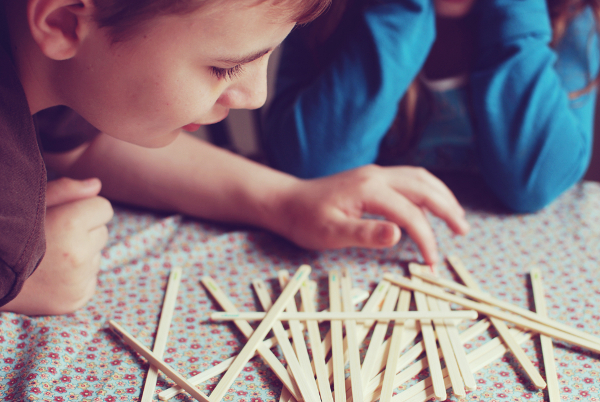 Bolton wrote that it was “Used in Wrentham Mass as early as 1780″…
Bolton wrote that it was “Used in Wrentham Mass as early as 1780″…
One, two, buckle my shoe
Three, four, open the door
Five six, pick up sticks
Seven, eight, lay them straight
Nine, ten, kill a fat hen
Eleven, twelve, bake it well
Thirteen, fourteen, go a courtin’
Fifteen, sixteen, go to milkin’
Seventeen, eighteen, do the bakin’
Nineteen, twenty, the mill is empty
Twenty-one, charge the gun
Twenty-two, the partridge flew
Twenty-three, she lit on a tree
Twenty-four, she lit down lower
Twenty-five*,
Twenty-six*,
Twenty-seven*,
Twenty-eight*,
Twenty-nine the game is mine,
Thirty make a kerchy.
*Asterisks denote portions forgotten by the aged contributor.
If anyone knows of any other versions of One, Two, Buckle My Shoe that go higher than twenty, please let us know about it in the comments below.
Thanks!
Mama Lisa
Illustration from “National Rhymes of the Nursery” (circa 1895), illustrated by Gordon Browne (with a little graphical editing by Lisa Yannucci).
The Learning Station on Tumblr
One, Two, Buckle My Shoe with Lyrics
www.learningstationmusic.com
One, Two, Buckle My Shoe is a fun nursery rhyme, action song for children. It also teaches early math, listening skills and following directions. This song is ideal for morning meeting, circle time, brain breaks, indoor recess, group activities and ESL programs. Enjoy our adorably animated version of this popular children’s nursery rhyme song!
One, Two, Buckle My Shoe From the CD, Tony Chestnut & Fun Time Action Songs by The Learning Station ℗©Monopoli/The Learning Station
LYRICS:
Na, na, na, na, na, na, na, na, na, na, na, na, na. “ Everybody clap.” Na, na, na, na, na, na, na, na, na, na, na, na, na.
One, two, buckle my shoe. Three, four shut the door and five six pick up sticks, seven, eight now lay them straight. Nine, ten a big fat hen, sounds pretty good, let’s do it again singing…
Three, four shut the door and five six pick up sticks, seven, eight now lay them straight. Nine, ten a big fat hen, sounds pretty good, let’s do it again singing…
Na, na, na, na, na, na, na, na, na, na, na, na, na. “ Everybody clap.” Na, na, na, na, na, na, na, na, na, na, na, na, na. “A little faster, now.” One, two, buckle my shoe. Three, four shut the door and five six pick up sticks, seven, eight now lay them straight. Nine, ten a big fat hen, sounds pretty good, let’s do it again singing… “A little faster, now.” One, two, buckle my shoe. Three, four shut the door and five six pick up sticks, seven, eight now lay them straight. Nine, ten a big fat hen, sounds pretty good, let’s do it again singing… “A little faster, now.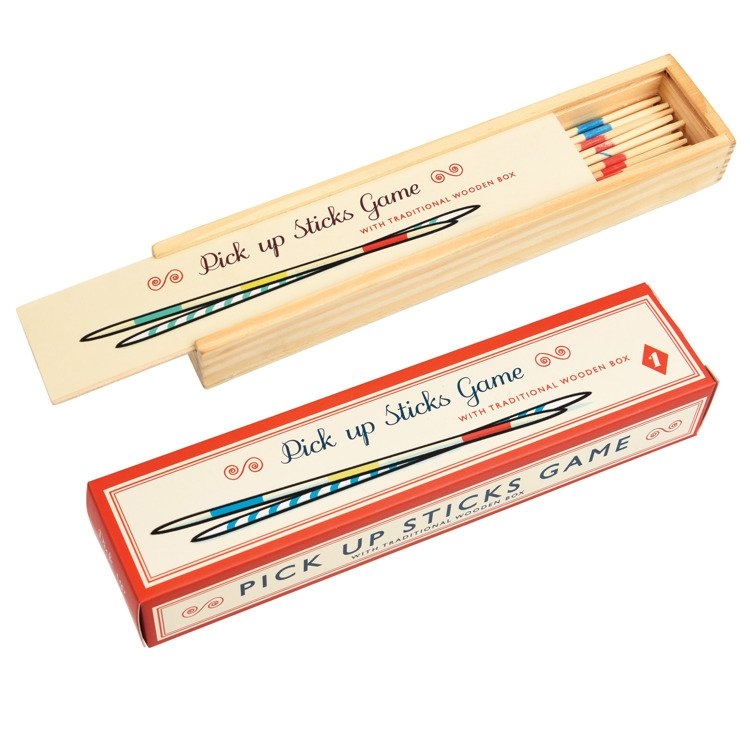 ” One, two, buckle my shoe. Three, four shut the door and five six pick up sticks, seven, eight now lay them straight. Nine, ten a big fat hen, sounds pretty good, let’s do it again singing… “A little faster, now.” One, two, buckle my shoe. Three, four shut the door and five six pick up sticks, seven, eight now lay them straight. Nine, ten a big fat hen, sounds pretty good, let’s do it again singing…
” One, two, buckle my shoe. Three, four shut the door and five six pick up sticks, seven, eight now lay them straight. Nine, ten a big fat hen, sounds pretty good, let’s do it again singing… “A little faster, now.” One, two, buckle my shoe. Three, four shut the door and five six pick up sticks, seven, eight now lay them straight. Nine, ten a big fat hen, sounds pretty good, let’s do it again singing…
“Alright, big ending, ready?” Do, do, do do, do… Yeah hoo!
One, Two, Buckle My Shoe is from our award-winning CD, Tony Chestnut & Fun Time Action Songs. It’s available in two formats CD and Full CD Download. Full CD Downloads arrive in a zip file with all of the songs and a printable PDF with the entire CD booklet with lyrics and actions.
This musical collection is brimming with 14 lively action songs, circle games and upbeat, learning fun.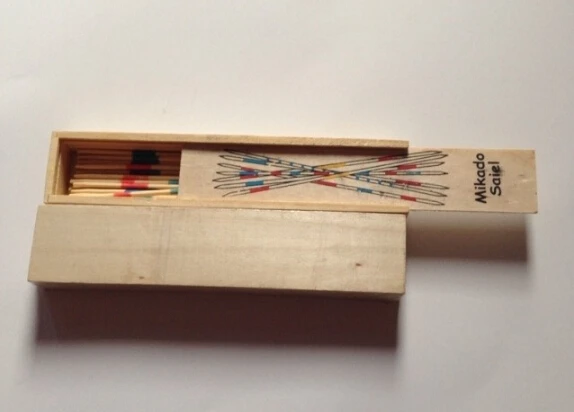 Top rated internationally by educators and parents this CD features the HIT songs, Tony Chestnut, Five Little Monkeys, One, Two, Buckle My Shoe and Shiny Clean Dance. On top of all this fun, it’s quite a healthy workout too! Lyrics and actions included.
Top rated internationally by educators and parents this CD features the HIT songs, Tony Chestnut, Five Little Monkeys, One, Two, Buckle My Shoe and Shiny Clean Dance. On top of all this fun, it’s quite a healthy workout too! Lyrics and actions included.
♪♫•*¨*•.¸¸☼ ¸¸.*•♫♪♪♫•*¨*•.¸¸☼ ¸¸.*•♫♪♪♫•*¨*•.¸¸☼ ¸¸.*•♫♪♪♫•*¨*•.¸¸
Visit The Learning Station online where you can listen to song samples from our entire collection of award-winning CD’s!
Join us on Facebook for more learning fun, giveaways and freebies galore!
Check out our YouTube educational channel. New videos are posted weekly so SUBSCRIBE today!
Stay connected with us on Google+ to learn about special giveaways, freebies, new releases, inspirational quotes and YouTube videos.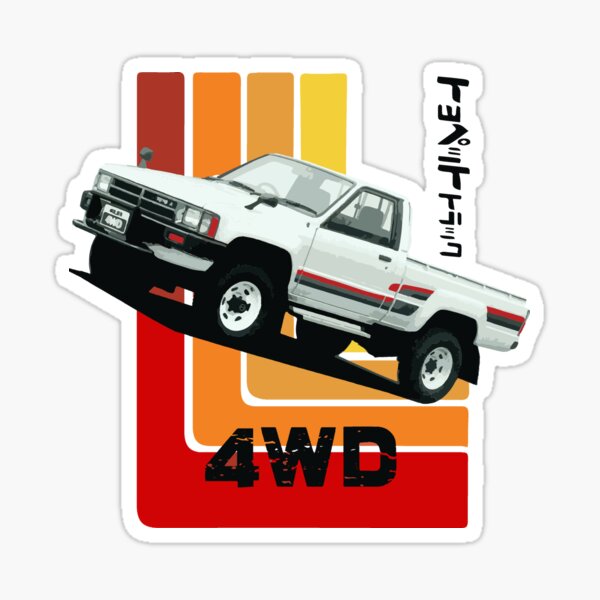
Follow The Learning Station on Pinterest for some pinteresting musical, educational inspiration.
Twitter is a fun place to stay connected. Please tweet what’s on your mind because we love staying connected with you!
In a Hurry!
ALL Learning Station music is available for Download! Click here
Full CD Downloads are fast, easy, save time and money! Also, they include the entire CD insert with lyrics and actions.
The post One, Two, Buckle My Shoe with Lyrics appeared first on The Learning Station Blog.
How to eat with chopsticks correctly - Lifehacker
November 21, 2020LikbezFood
In sushi bars, you no longer have to ask for a fork.
Share
0What you need to know to make it work
- Chopsticks are an accurate and reliable tool, they can take one grain of rice or a whole ear of corn, you just need to practice. It is more convenient to start with medium-sized pieces, a good option is a slice of cheese.
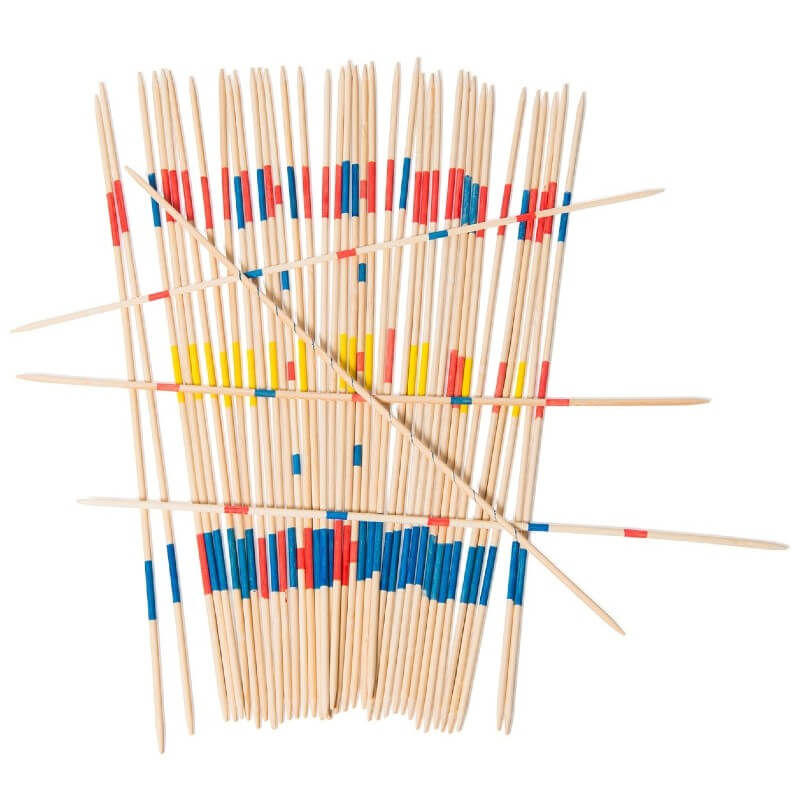 Grabbing food is easiest when the chopsticks are at a 45 degree angle to the table.
Grabbing food is easiest when the chopsticks are at a 45 degree angle to the table. - One of the sticks is always immobile: it is the base to which the food is pressed by the second element, which is movable.
- Do not hold sticks too close to the base. It is better that only their upper third is visible above the palm. This way it will be possible to capture even large pieces, and the hands will be at a greater distance from the food.
- Before use, lightly tap the ends of the chopsticks on the table or palm to ensure they are exactly level.
- If the lower or upper ends are crossed, then something is wrong and you should look for a better position of the device in your hand.
How to eat with chopsticks the classic way
Relax your hand. Place one stick on the nail phalanx of the ring finger and press with the base of the thumb.
Frame: LeesRandomVids/YouTube Place the second wand in your hand the way you would normally hold a pencil.![]() Straighten your thumb, move it to find the most comfortable position. All people hold chopsticks a little differently.
Straighten your thumb, move it to find the most comfortable position. All people hold chopsticks a little differently.
Try moving the second wand. To lower it, lightly press with your index finger. To lift it, push it up with your middle finger. The thumb and first stick remain motionless.
Frame: LeesRandomVids/YouTubeThis video will help you learn this technique of eating with chopsticks:
How to eat with chopsticks in an alternative way
Hold one stick with your thumb and forefinger.
Frame: For Us Foodies / YouTubeWithout changing the position of the first stick, put the second one in your hand, as shown in the photo, and press it with the base of your thumb.
Frame: For Us Foodies / YouTube Fix the second stick with the tip of your middle finger, find the most comfortable position for you.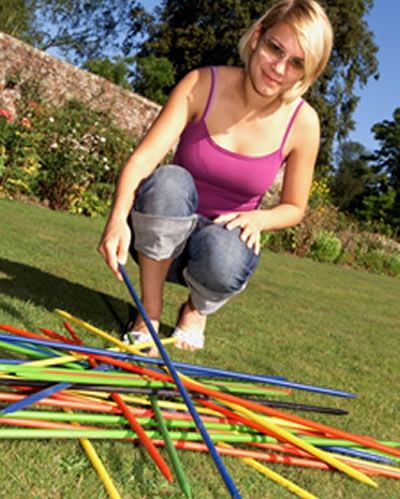
Relax your hand and try to move the top stick by bending and unbending your index finger. The bottom one should remain stationary.
This technique of using chopsticks is shown in more detail in the video:
How to behave at an Asian table
Michael Leininger, American China Dining Etiquette etiquette specialist, author of the book "Etiquette Fundamentals", gives the following advice:
- Everywhere except Korea, it is allowed to bring a bowl of soup or rice closer to your mouth to make it easier to eat. With plates, such a number will not work.
- Chopsticks are also served with soup: first they eat the solid ingredients of the dish, and then they drink or eat the broth with a spoon.
- With rare exceptions, eating with your hands is not allowed. If a large piece of food cannot be divided into smaller ones (for example, it is a duck leg), then you need to gently bring it to your mouth and bite off.

- But the classic sushi is the exception: the pieces are usually taken by hand and only the fish is dipped into the sauce, the rice remains clean.
- It is believed that you should not take food from a common plate with your chopsticks. But if there are no additional devices lying next to it, just turn the sticks over and take a piece with thick ends.
- The owner of the house is the first to take chopsticks at the table.
Do's and Don'ts
- Do not leave chopsticks sticking out of the cup or stick into food.
- Don't cross sticks, it's considered bad luck.
- Do not pierce food with them, except when it is necessary to separate one piece from another.
- Do not move the chopsticks on the table.
- Do not point the appliance at people or at the food you are asking to be passed from the other end of the table.
- Do not pass food with chopsticks from one person to another: this is reminiscent of the Japanese funeral tradition.
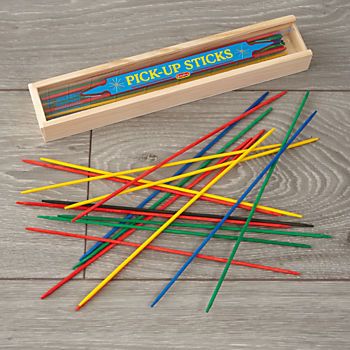
Read also 🍚🍣🍘
- What to cook if you want to try Japanese cuisine
- Chinese chicken noodles
- How to eat khinkali correctly: instructions from the chef of a Georgian restaurant
- Such complex food: how to eat certain dishes correctly
- How to cook sushi: important rules and tricks
How to eat with Chinese chopsticks Instructions on how to hold and use Chinese chopsticks ✔️ rules, instructions and a complete guide - Culture and traditions ★
Who invented sticks? Chinese chopsticks What are chopsticks made of in China and Japan? In which countries do people eat with chopsticks ? Step by step instructions how to eat with chopsticks. The classic way How to use chopsticks at the table How to choose the right chopsticks Asian cuisine has penetrated into our everyday life, and with it alternative cutlery has come to the dining table. According to legend, sticks (in Chinese - "kuaizi") were invented by the Chinese Yu, who wanted to get meat from a cauldron of boiling water. Lived from about three thousand years ago. Archaeological research conducted in China confirms that chopsticks began to be used in the Shang era. Kuaizi means “fast” in Chinese. It is believed that for the first time chopsticks were used not for eating, but for cooking. For gripping, they took a bamboo branch, divided in the center and bent in half (the prototype of modern tongs for applying). Then the branch was transformed into two sticks, with the help of which raw pieces of meat were transferred to hot stones. After the Chinese learned how to fire clay, clay pots appeared for cooking roasts. With chopsticks, hot food was taken out of boiling water, sauces were stirred, and boiled noodles were caught. THIS IS INTERESTING! In today's China, plastic and metal sticks are gaining popularity due to their durability and variety of designs. Wooden sticks are used in fast food restaurants. Sticks made of expensive woods are given to each other for the holidays. Disposable sticks in China and Japan are made from wood (bamboo or willow) and plastic. Reusable sticks in Japan are made from noble varieties of wood, metal or ivory, decorated with paintings or stones. Reusable Chinese sticks are made of silver, sandalwood and metal, painted with natural paints. Five countries that use chopsticks everywhere and every day: THIS IS INTERESTING! In Asian countries, each person has individual chopsticks. Sharing them is not accepted, as they are considered a subject of personal hygiene. So, for example, in our country it is not customary to share a toothbrush with household members. To master Chinese sticks at the professional level, you need to remember the correct grip. Relax your hand and follow the instructions. One stick will be the immovable bottom, and the second - the movable top. The Asian tradition of serving food involves a common meal at the table, from large serving plates, each guest puts food with tongs into individual plates. Chopsticks are not allowed: It is considered bad manners to stick chopsticks into food or use them to divide large pieces. The sticks are not left on a plate, but placed on a special stand. IMPORTANT! In China, do not turn your hands palms up while holding chopsticks. This gesture expresses contempt for the interlocutor. To comfortably use Asian chopsticks, you need to choose the right size. To do this, measure the distance between the fingertips. The index finger and thumb form a right angle, and the ruler for measuring lies diagonally. The resulting parameter is multiplied by a factor of 1.5. The result of the multiplication is the length of the required sticks. THIS IS INTERESTING! In Chinese restaurants, 23 cm chopsticks are served for men, 21 cm for women, and 14 cm for children under 12 years old.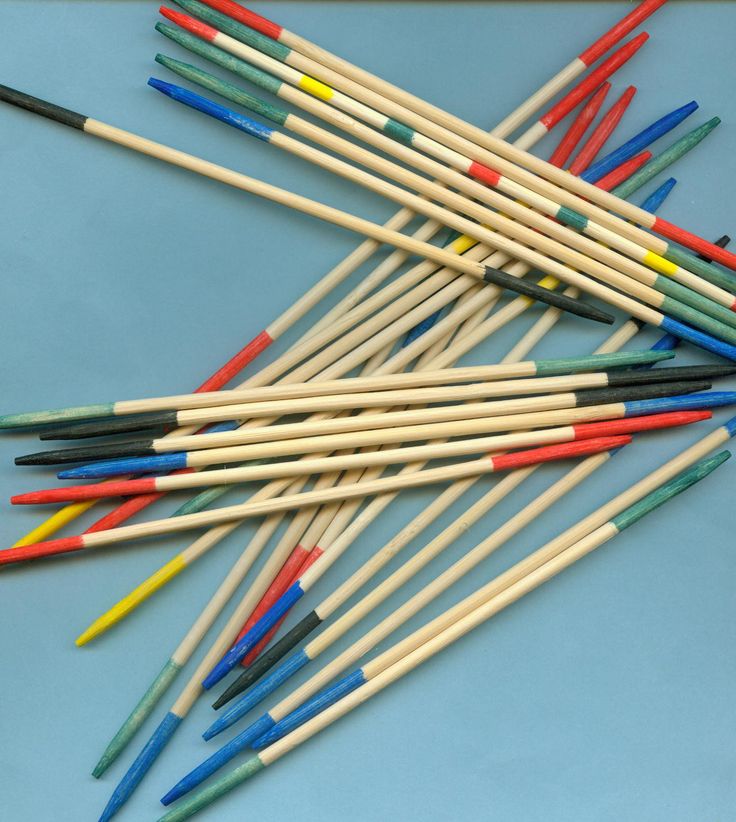 Chopsticks are a very handy and precise Asian cutlery. Learning how to eat them right is easy, now we’ll tell you how.
Chopsticks are a very handy and precise Asian cutlery. Learning how to eat them right is easy, now we’ll tell you how.
Who invented sticks?
Photo: wallhere.com
Chinese chopsticks
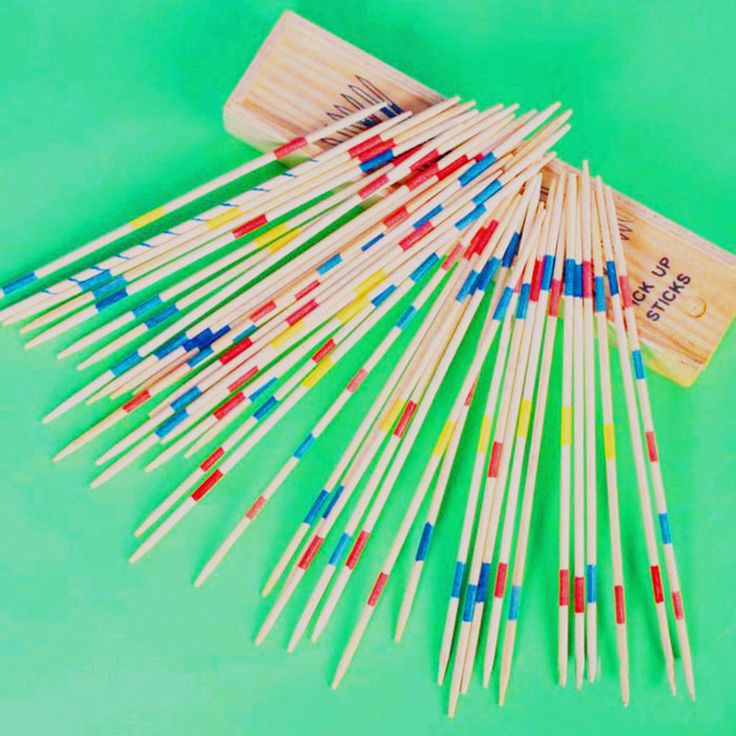 At the turn of the 8th century AD, sticks migrated from the hands of cooks to the hands of the aristocracy and turned into a full-fledged cutlery. Until that time, it was customary in China to eat with your hands.
At the turn of the 8th century AD, sticks migrated from the hands of cooks to the hands of the aristocracy and turned into a full-fledged cutlery. Until that time, it was customary in China to eat with your hands.
What are chopsticks made of in China and Japan?
Photo: marcosticks.org
In which countries do people eat with chopsticks
?
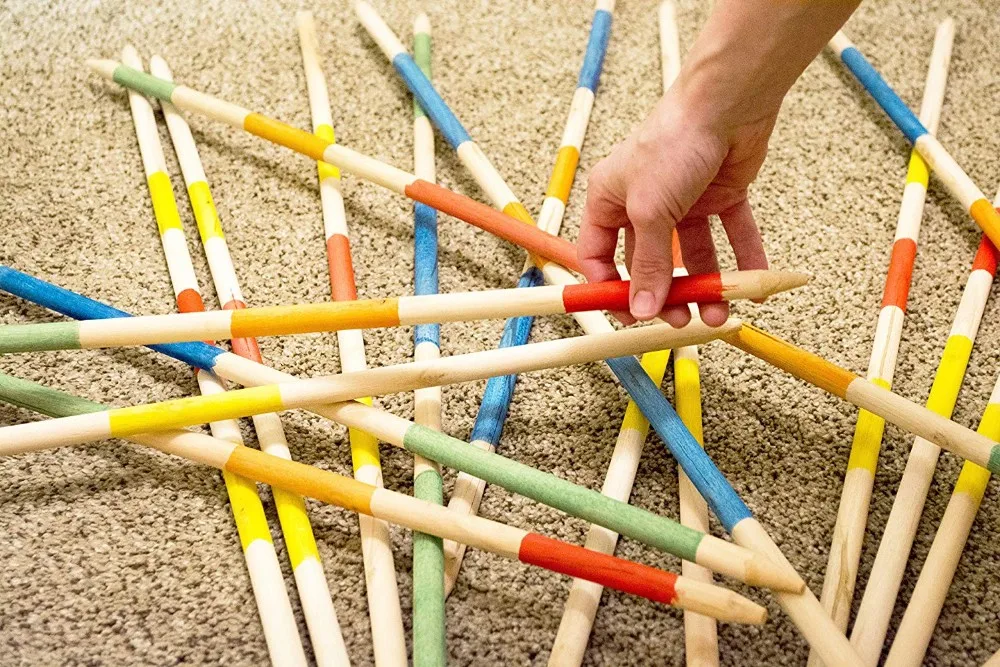
Differences of chopsticks in different countries
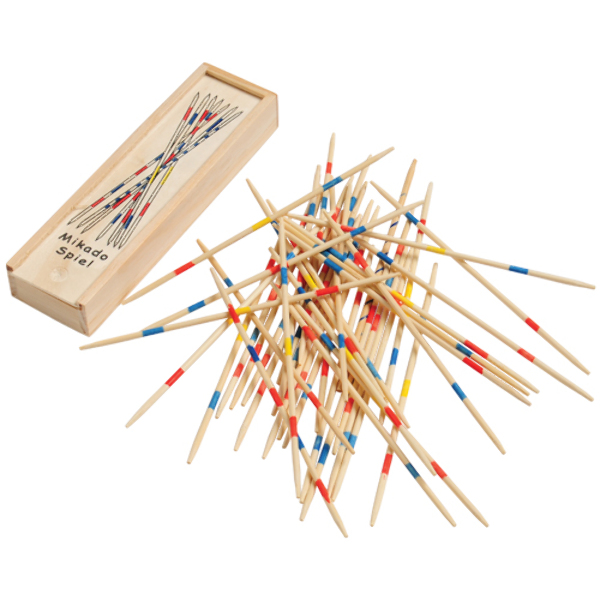
How to eat with chopsticks step by step. The classic way
Photo: marcosticks.org
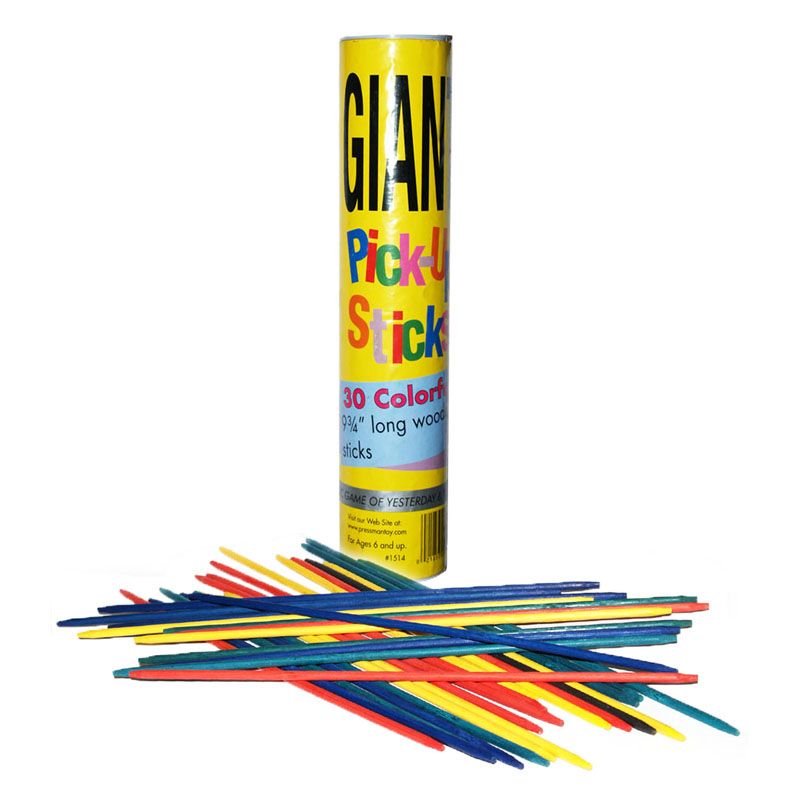
Tips to learn the right grip

How to properly use chopsticks at the table
Photo: unsplash.com
Asian Etiquette
 In other Asian countries, for convenience, it is allowed to bring a bowl of soup closer.
In other Asian countries, for convenience, it is allowed to bring a bowl of soup closer.
How to choose the right chopsticks
Photo: unsplash.com 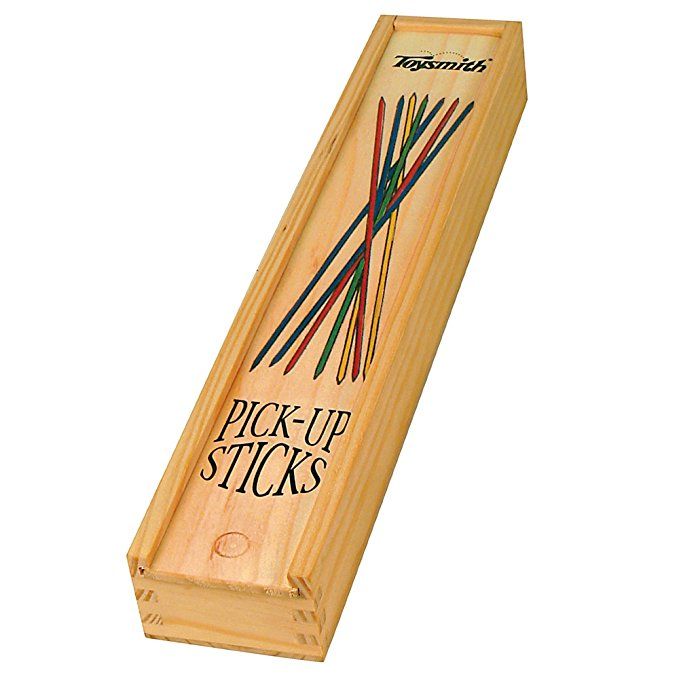
Learn more



